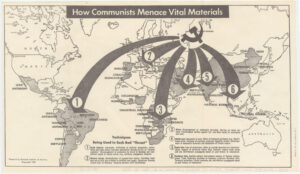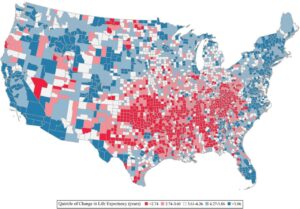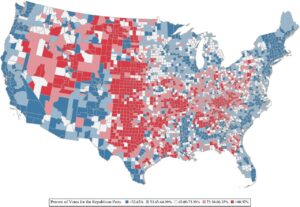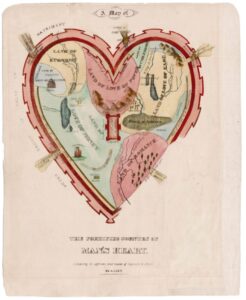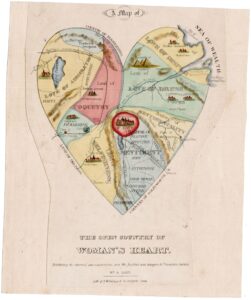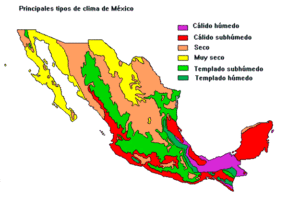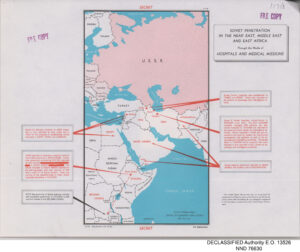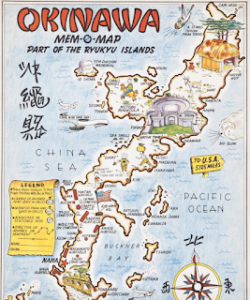
In the early 1930s, as Japan’s imperial ambitions were on the rise, an exceptional satirical world map was introduced to the Japanese public. This unique piece offered a vivid visual commentary on the world as perceived through Japanese eyes, particularly amidst the significant shifts in global politics and power. 1932, the year of the map’s publication, was a period of turbulence and transition. While Japan grappled with its increasing international isolation and internal political crises, like the assassination of its last party prime minister, Inukai Tsuyoshi, and the First Shanghai Incident, Germany saw the Nazi Party becoming increasingly influential. In the United States, Franklin D. Roosevelt secured his presidential victory. Created by Shishido Sagyo (1888-1969), the vibrant and detailed cartoon illustrations, coupled with informative text blocks, provided a snapshot of the “current world situation.” The map presents a riot of colors and symbols, with each region bursting with exaggerated caricatures and icons. During this pre-World War era, global challenges such as the Great Depression affected the economies worldwide, particularly in North America and Europe. Concurrently, the rise of fascist powers like Germany and Italy signaled a shift in the balance of power.
A Macroscopic View of Japan:
The significant warcraft and navy elements surrounding Japan and heading toward China can be seen as a direct reflection of Japan’s imperial ambitions in East Asia during the 1930s. This imagery foreshadows Japan’s aggressive expansionism, including its invasion of Manchuria in 1931 and the subsequent escalation into the Second Sino-Japanese War. (Ruoff, 2014)
The map visually represents Japan’s military prowess and intent to expand its territories, reflecting the real-world geopolitical situation of the time. Furthermore, the exaggerated size of features within Japan and the tall signal tower may signify Japan’s sense of self-importance and its aspiration to be a leading global power. The signal tower, specifically, could imply Japan’s focus on modernization and communication. The portrayal suggests Japan’s perception of itself as a beacon of modernity and progress in Asia, and possibly its view of itself as superior to its neighbors.
U.S.:
The portrayal of the United States is a montage of cultural and historical snapshots, ranging from Olympic athletes and filmmakers on the West Coast to black jazz musicians in the Southeast and the imprisoned Al Capone in the Midwest. Furthermore, modes of global transportation, like the Trans-Siberian railroad, zeppelins, and ships, are illustrated. A massive aircraft carrier near the U.S. hints at America’s burgeoning naval strength and its looming Pacific presence. This suggests that Japan might have been acknowledging the U.S. as a potential adversary or as a significant naval power to be reckoned with in the Pacific. Meanwhile, the factories on the map symbolize industrial prowess and economic power even amidst the shadows of the Great Depression, implying that the U.S. was seen as an industrial powerhouse, driving innovation and economic growth. Moreover, another expressive element portrayed on the map is a black male playing saxophone. This image is likely a nod to the Jazz Age and the significant cultural influence the U.S. had globally. The use of a black male figure also touches on the racial and cultural dynamics of the U.S., where African Americans played a crucial role in cultural developments like jazz. Ultimately, it implies that America was recognized not just for its economic or military power but also as a cultural exporter. In the context of 1932, despite the economic turmoil and the isolationist policies that characterized much of America’s stance during this pre-war era, there was still a discernible, perhaps even grudging, respect for American culture and capability. The acknowledgment of America’s cultural exports, industrial strength, and military potential indicates that even as the world faced mounting tensions and economic hardships, the U.S. was still seen as a beacon of cultural dynamism, innovation, and emerging power. This respect was likely tinged with a sense of wariness, as nations observed America’s growing influence with a mix of admiration and apprehension, given the shifting alliances and power structures of the time.
Europe:
Stalin’s colossal figure stands prominently, emerging from factories, symbolizing the industrial might of the Soviet Union. In more depth, details like the transformation of churches into factories, the militarization of farmers, and the usage of tractors for large-scale farming depict the USSR’s rapid industrialization. The map doesn’t shy away from commenting on other nations, either. Mussolini, the Leader of the Blackshirts, is portrayed along with his Foreign Affairs Minister Grandi. Likewise, Germany’s political turmoil is visually represented by President Hindenburg wrestling with Hitler, with Berlin spilled out across their entwined arms. Meanwhile, the face of an unidentified man, who seemed to be the French president, is captioned with France’s financial woes.
The use of humor and cartoons amidst the serious context of the era serves multiple functions. This stylistic choice reflects the complexities of how political and historical events can be interpreted and portrayed through art and cultural expression. Furthermore, by caricaturing Western Europe and its leaders, Japan asserts its own national identity and power, contrasting its perceived modernity and strength with the depicted chaos and strife in European countries.
Conclusion:
While the 1932 Japanese stereotype map presents a vivid representation of the world, it also sparks discussions on the dichotomy between historical accuracy and cultural perception. The map might not accurately represent every country’s political or social condition, but it provides an invaluable insight into how Japan perceived and portrayed these nations during the 1930s. On the other hand, some might argue that such maps, despite their inherent biases, do capture elements of historical truths. The portrayal of warcraft around Japan, for instance, does reflect the country’s militaristic ambitions of the time.
Ultimately, the map serves as a reminder that history is often not just about facts but also about perspectives, interpretations, and narratives. The 1932 Japanese stereotype map is a testament to the intricate weave of art, history, and politics in cartography. As we delve into more skillful insights into “Rhetoric of Mapping,” this unique piece serves as a reminder of the power and influence of maps in shaping our understanding of the world.
Citations:
RUOFF, Kenneth. “Japanese Tourism to Mukden, Nanjing, and Qufu, 1938—1943.” Japan Review, vol. 27, no. 27, 2014, pp. 171–200.
Varga, Tamás. “Japanese Stereotype Map of the World from 1932.” Earthly Mission, 10 Mar. 2019, earthlymission.com/japanese-stereotype-map-world-1932/.
“Why Jazz Music Is Important to American Culture.” Medium, Medium, 24 Sept. 2018, medium.com/@birdlandjazz/why-jazz-music-is-important-to-american-culture-f17efdf4a0ae.
Atlas of the Week: https://www.westpoint.edu/academics/academic-departments/history/digital-history-center/atlases
Created by the West Point Military Academy, this reliable atlas collection provides ample wartime/conflict atlases. These atlases help us understand past conflicts and the lasting impact they have had on current international boundaries, political relations, and cultural connections.
Blog of the Week: https://blogs.loc.gov/maps/2019/09/propaganda-maps-to-strike-fear-inform-and-mobilize-a-special-collection-in-the-geography-and-map-division/
This is a great resource for propaganda maps that were each influential at the time of creation.

